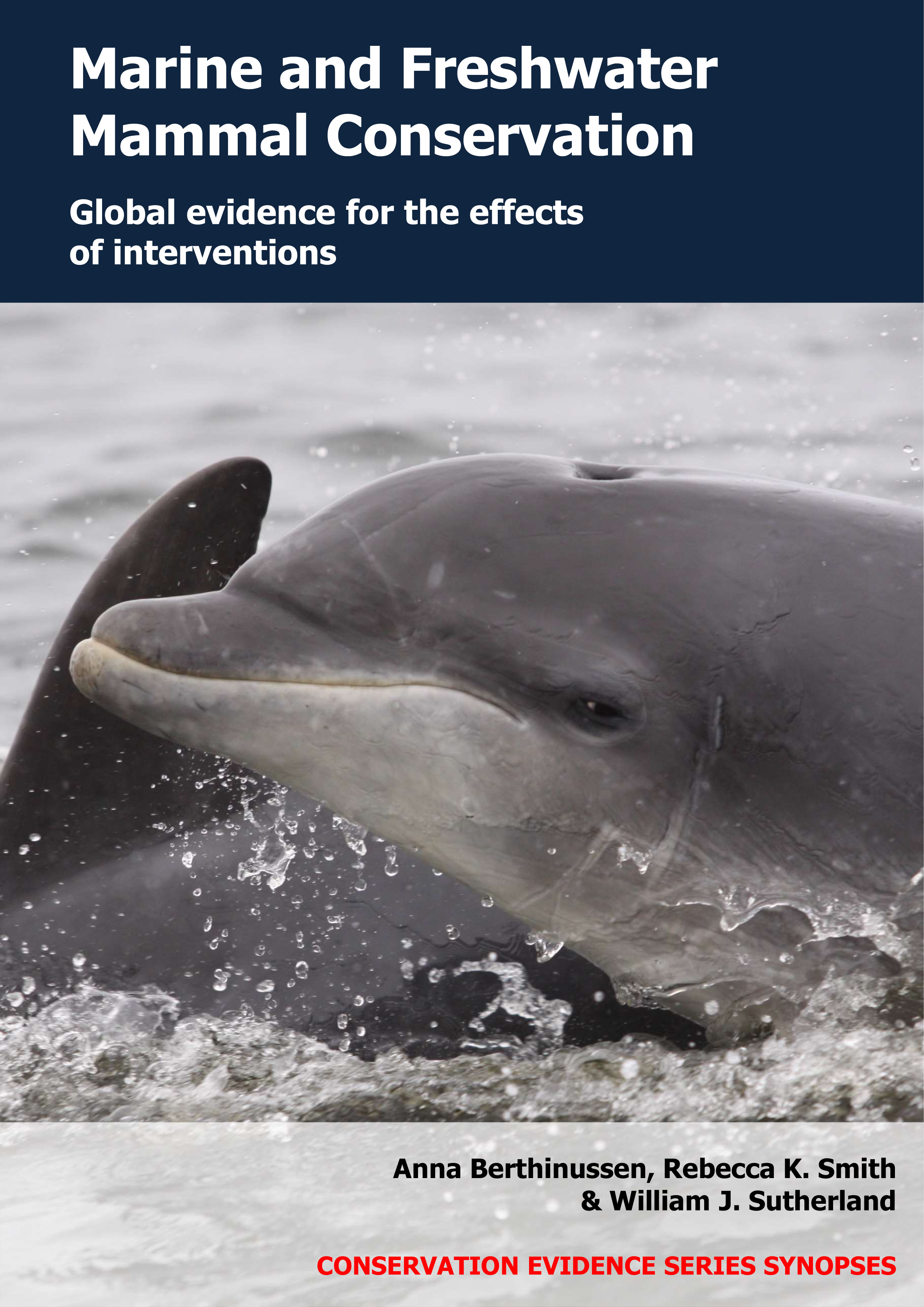Use acoustic decoys to divert mammals away from fishing gear
-
Overall effectiveness category Unknown effectiveness (limited evidence)
-
Number of studies: 1
View assessment score
Hide assessment score
How is the evidence assessed?
-
Effectiveness
37% -
Certainty
30% -
Harms
0%
Study locations
Supporting evidence from individual studies
A study in 2013 in a pelagic area in the western Gulf of Alaska, USA (Wild et al. 2017) found that increasing the distance between an acoustic decoy device and fishing lines resulted in fewer sperm whales Physeter macrocephalus at the lines, but sperm whale presence and time of arrival did not differ. Deploying acoustic decoy devices at greater distances from fishing lines resulted in fewer sperm whales at the lines during hauls (data reported as statistical model results). However, the distance between the decoy and fishing line did not have a significant effect on sperm whale presence during hauls or the time it took for sperm whales to arrive after hauling commenced. An acoustic decoy device was deployed at various distances (between 1.6 and 12.4 km) from ‘long line’ fishing lines (average 5 km in length) targeting sablefish Anoplopoma fimbria during a total of 14 deployments. The acoustic device (an underwater speaker attached to a buoy, 20 m deep) played recordings of vessel hauling sounds. Acoustic recorders deployed below the decoy and each fishing line at a depth of 100 m recorded sperm whale vocalizations. Fishers recorded sperm whale sightings and evidence of predation during each of the 14 hauls in June–July 2013.
Study and other actions tested
Where has this evidence come from?
List of journals searched by synopsis
All the journals searched for all synopses
This Action forms part of the Action Synopsis:
Marine and Freshwater Mammal Conservation
Marine and Freshwater Mammal Conservation - Published 2021
Marine and Freshwater Mammal Synopsis





)_2023.JPG)














